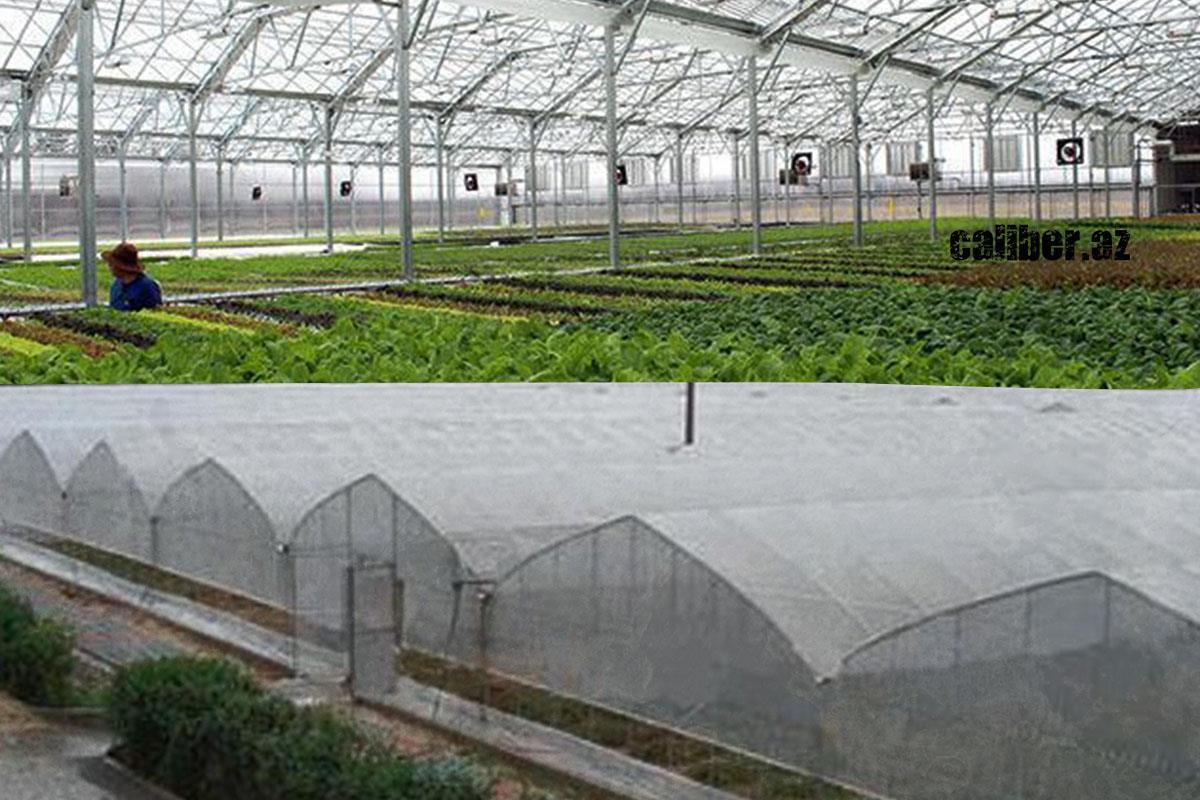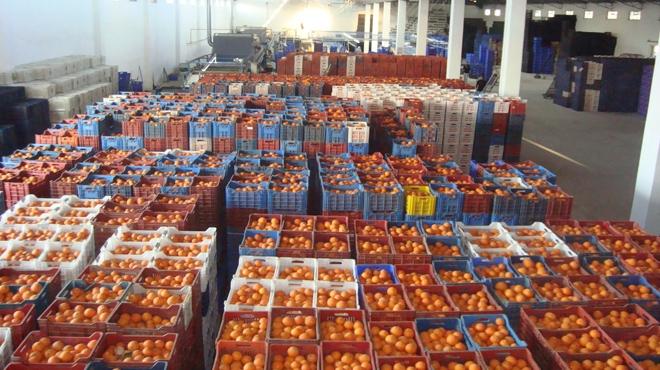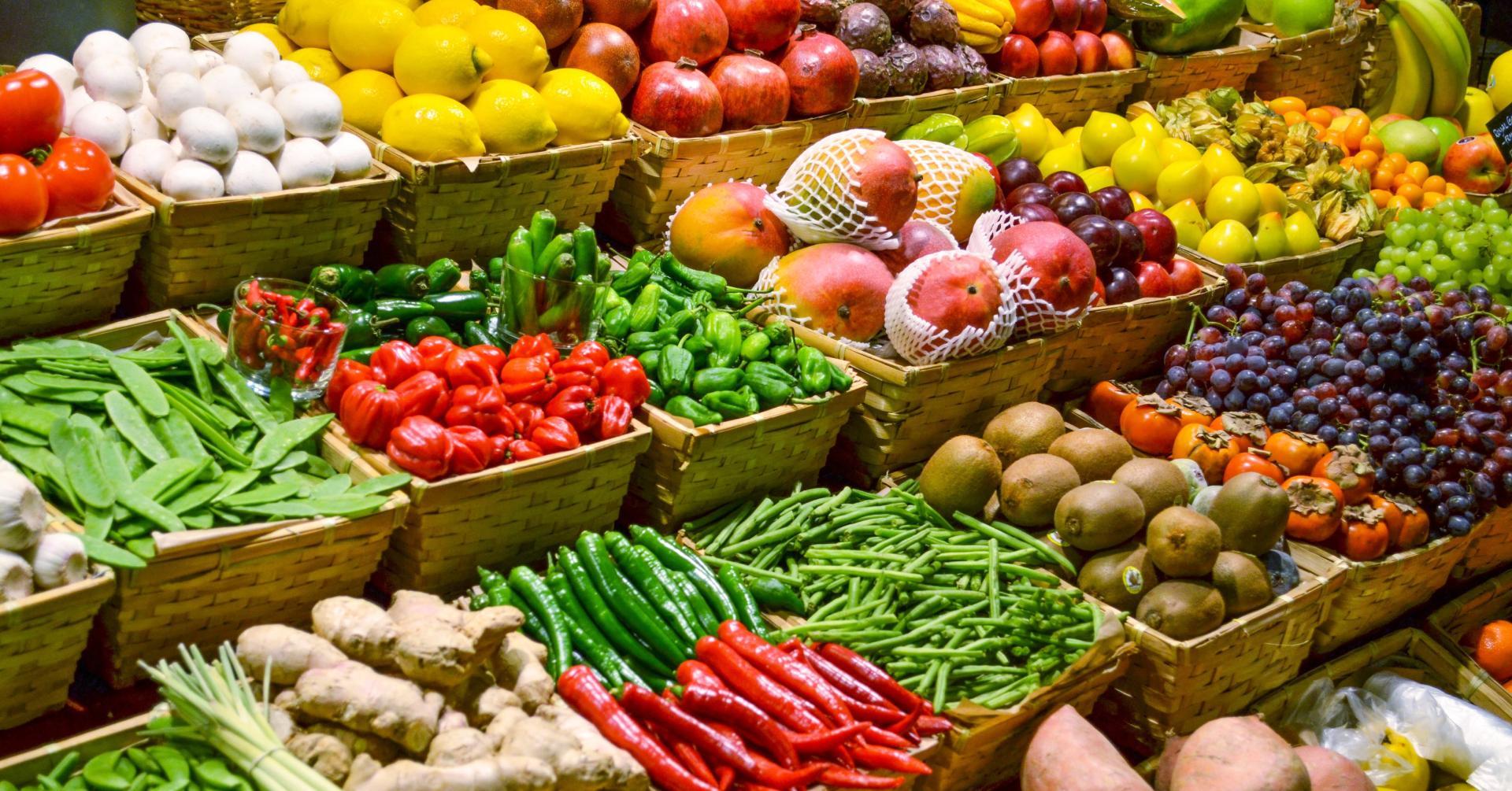Azerbaijan's agricultural exports soar to greater heights But processing still needs solutions
Last year was rather difficult for Azerbaijan's economy to develop, with low industrial production having weighed on GDP dynamics. Nevertheless, according to data recently published by the Centre for Analysis of Economic Reforms and Communications (CAERC), agricultural exports in 2023 exceeded the previous year's record level, increasing by 6.2 per cent. Recent years have seen significant progress in the geographical diversification of food supply. In addition to the traditional markets of the post-Soviet countries, the products of Azerbaijan's agro-industrial complex are now exported to the Middle East, North Africa, China and the European region. Overcoming the backlog in processing agricultural raw materials will make it possible to significantly increase exports.
In 2023, Azerbaijan will export agricultural and agro-industrial products to the value of $969.2 million, which is 6.2 per cent more than in the previous year, according to CAERC calculations. It is important to note that the export dynamics of 2022 ($912.4 million worth of products exported abroad with 11.8 per cent growth) is considered a record for the entire period of the republic's independence. The effect of reorientating the domestic agro-industrial complex towards foreign markets was maintained, although export growth rates were somewhat more modest last year. Having almost reached the billion-dollar export target, the country's agriculture has strengthened its export-oriented component in 2023 without jeopardising the country's food security and, most importantly, against the backdrop of the global food crisis and imported inflation.
Over the past decade, Azerbaijan has made progress in increasing agricultural productivity: some fifty agro-parks have been created, including large grain and greenhouse farms and some of these clusters have established raw material processing and packaging alongside production. Projects to digitise the agricultural sector are also being implemented, industry clusters are being created, the system of leasing agricultural equipment has been reformed and transparency in subsidies has been ensured. In recent years, the country has been very active in introducing economical irrigation systems. In the near future, it is planned to increase the area under modern irrigation solutions from 50 to 200 thousand hectares. All these measures have had a positive impact on the competitiveness and supply of local agricultural products, both fresh and processed, to foreign markets.

At the same time, the country's agricultural sector continues to face longstanding problems: low productivity among small farmers, who have difficulty accessing finance, modern agricultural techniques and technology, and are therefore unable to make a profit from their production. The result is higher production costs and a loss of competitive advantage for local products in foreign markets. Today, agro-parks, large farms and greenhouse farms, as well as food factories, wineries, etc., account for about four-fifths of agricultural exports. Unfortunately, the share of small individual farms in foreign supplies is low, and without developing cooperative and other collective forms of agriculture, export prospects are unlikely to expand.
In this respect, Azerbaijan still needs to make great efforts to increase the volume of agricultural production and reduce costs by switching from extensive farming methods to intensive agricultural technologies. It is equally important to increase the share of packaged and processed agricultural products, ensuring a tangible increase in the added value of production. In this respect, our country still lags far behind other countries, including Russia, Ukraine, Belarus, Türkiye and Iran, where the share of agricultural raw materials does not exceed 50 per cent of total exports, the rest being made up of processed technical crops, semi-finished products and packaged food.
Unfortunately, the CAERC statistics clearly show the imbalance in this area in our country. In 2023, the share of exports of fresh agricultural products was $768.2 million (+ 7.1 per cent), while the share of processed agricultural products was $201 million (+ 3.2 per cent). This means that the share of processed and packaged products with a much higher value-added did not even reach a quarter of the total export volume. In this respect, Azerbaijan loses a significant part of its export revenues only because of the underdevelopment of the processing sector or its inability to reduce production costs and ensure international quality standards when supplying foreign markets.
A good example is an important export area as hazelnut production: ranking fourth among the top five hazelnut producers in the world, Azerbaijan exported 21,382 thousand tonnes of hazelnuts worth over $111.5 million in the first 11 months of 2023. Compared to the same period in 2022, hazelnut exports increased by 14.4 per cent in value terms. However, the industry could become even more profitable if Azerbaijan were to export processed hazelnut products as opposed to raw hazelnuts. "The Sheki and Zagatala districts, which have fertile land, account for about 95 per cent of hazelnut production. But 60 to 70 per cent of the country's hazelnut production is carried out by small-scale farmers, whose orchards are a secondary source of income," says a recent report by the Food and Agricultural Organisation. According to FAO experts, even though Azerbaijan has great potential for exporting processed hazelnuts, the bulk of supplies are still peeled hazelnuts exported to the European Union and Russia.

A similar situation is observed with some other agricultural products: as early as 2022, our country ranks second in the world in exporting persimmons, trailing only Spain. According to the electronic trade portal Azexport.az, persimmon exports will reach $125.9 million in 2022, and if our country's share of the global persimmon market was 13 per cent in 2020, it was 20 per cent the year before. Further export growth would be facilitated by an increase in the share of processing (e.g. dried persimmon), as the risks of transporting and storing perishable products increase with the shipment distance.
Similarly, exports of fresh fruit and vegetables to the post-Soviet states account for two-thirds of all agricultural exports. Azerbaijan is the leading exporter of tomatoes, apples, cherries and seasonal young potatoes to Russia, and has recently increased exports of peaches, hazelnuts and strawberries. However, more than four-fifths of exports to the Russian market are "green" perishable products, where the share of value added is not as high.

It is of even greater importance to increase the volume of processed agricultural commodities, food, canned food and wine products for export to countries outside the CIS. In this regard, the efforts of the Azerbaijan Export and Investment Promotion Foundation (AZPROMO) are helping to increase exports (including canned food, oils, dried fruits, confectionery, stewed fruit, juices, wines and spirits) to non-CIS countries (Poland, Latvia, China), Türkiye, the Persian Gulf, the Middle East and North Africa - Tunisia, Egypt, Jordan, Iraq, the UAE, Saudi Arabia, Bahrain and Qatar. To expand agricultural exports in a number of these countries, an extensive system of trade and wine houses has been created, the resources of trade missions in embassies are used, Azerbaijani companies participate in exhibitions, advertising and promotional campaigns are organised in leading trade networks to promote domestic agricultural products under a single brand "Made in Azerbaijan". Over the past three years, Azerbaijan has achieved geographical and nomenclature diversification of exports, supplying 326 types of agricultural products to 88 countries of the world.
To develop this trend, it is necessary to move from one-off trade operations to export deliveries under long-term contracts, to brand national agricultural products and, most importantly, to increase the share of processed and packaged products in foreign trade.








